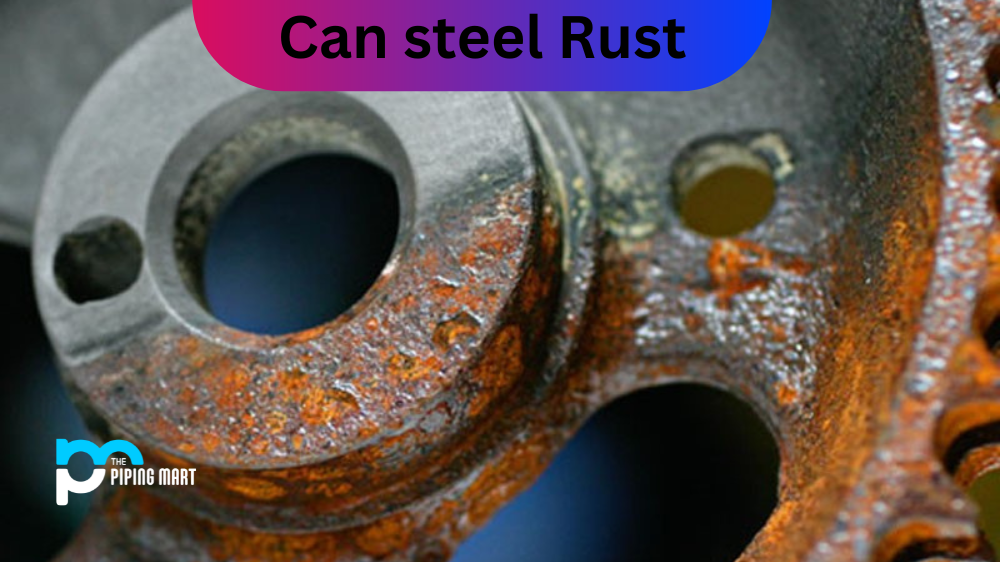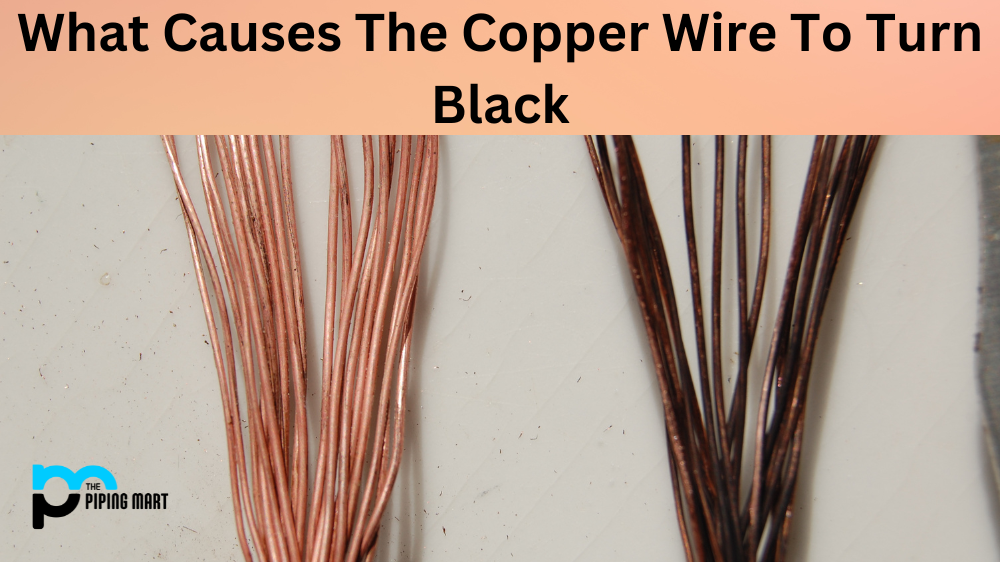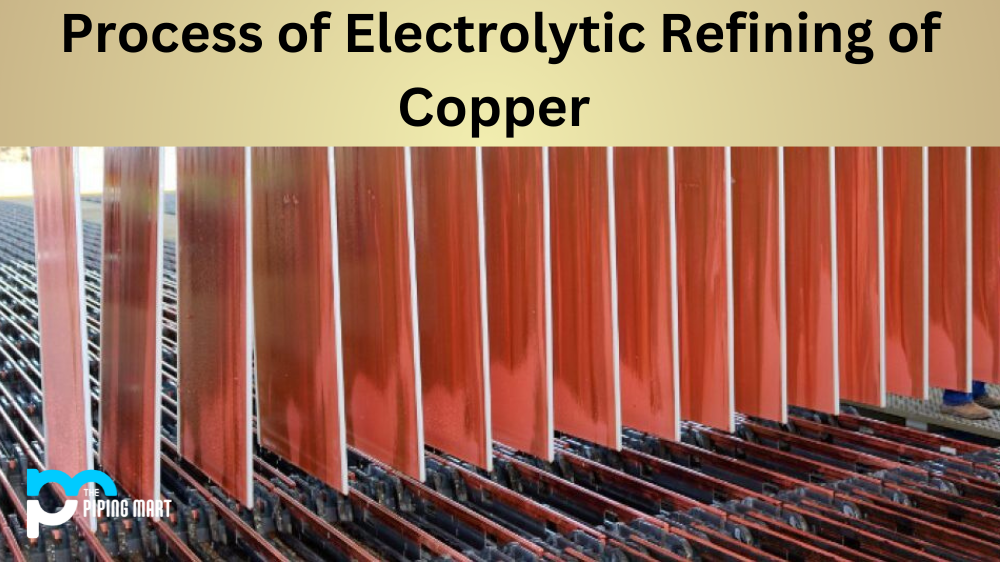Rust is a common problem that affects many materials, including steel. But what exactly is Rust, and how does it affect steel? To understand the basics of Rust and steel, we need to take a closer look at what actually causes Rust and how it impacts steel.
What Is Rust?
Rust is an oxidation process that occurs when the iron is exposed to moisture and oxygen. This process strips away the protective layer on the surface of the metal, leaving behind flakes of red or orange-coloured Rust. When this happens, the structural integrity of the metal is compromised since much of its strength comes from its outer coating. The longer the oxidation process goes on, the more severe the damage will be.
How Does Steel React?
Steel reacts differently to Rust than other metals due to its unique composition. Unlike aluminium or copper alloys, for example, steel contains iron which can corrode in certain environments. That’s why it’s so important to ensure that your steel components are properly sealed and protected from water or moisture exposure. If they are not kept dry, they may begin to corrode over time – leading to costly repairs or replacements down the road.
Preventing Rust
The best way to prevent Rust on steel components is by taking steps to protect them from water or moisture exposure in the first place. This might include sealing any exposed seams with silicon caulk or using paint as a protective layer against corrosion caused by moisture in the air. Additionally, you should inspect your steel components regularly for signs of corrosion or wear and tear so that any potential problems can be addressed before they become too costly or difficult to repair. Finally, make sure you know what kinds of environments your steel components are being used in so you can use appropriate protective measures for each individual situation.
Conclusion:
Although it’s impossible to completely prevent Rust from forming on steel components due to their unique makeup, there are still steps you can take in order to minimize its effects on your materials over time. By properly sealing any exposed seams with silicon caulk; painting your materials as a protective layer; inspecting them regularly; and knowing what kind of environment they’re being used in, you should be able to keep any potential issues related to Rust at bay for years down the line! Intended Audience: Engineers and maintenance personnel working with steel components looking for information about how their material reacts when exposed to water/moisture/oxygen (Rust) and ways they can prevent it from occurring/minimize its effect if it does occur over time.

Abhishek is a seasoned blogger and industry expert, sharing his insights and knowledge on various topics. With his research, Abhishek offers valuable insights and tips for professionals and enthusiasts. Follow him for expert advice on the latest trends and developments in the metal industry.




